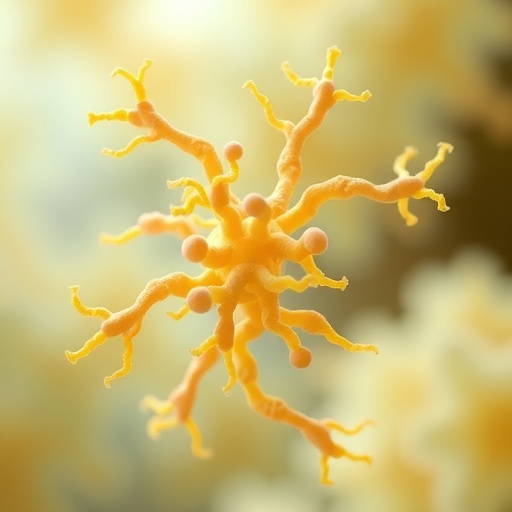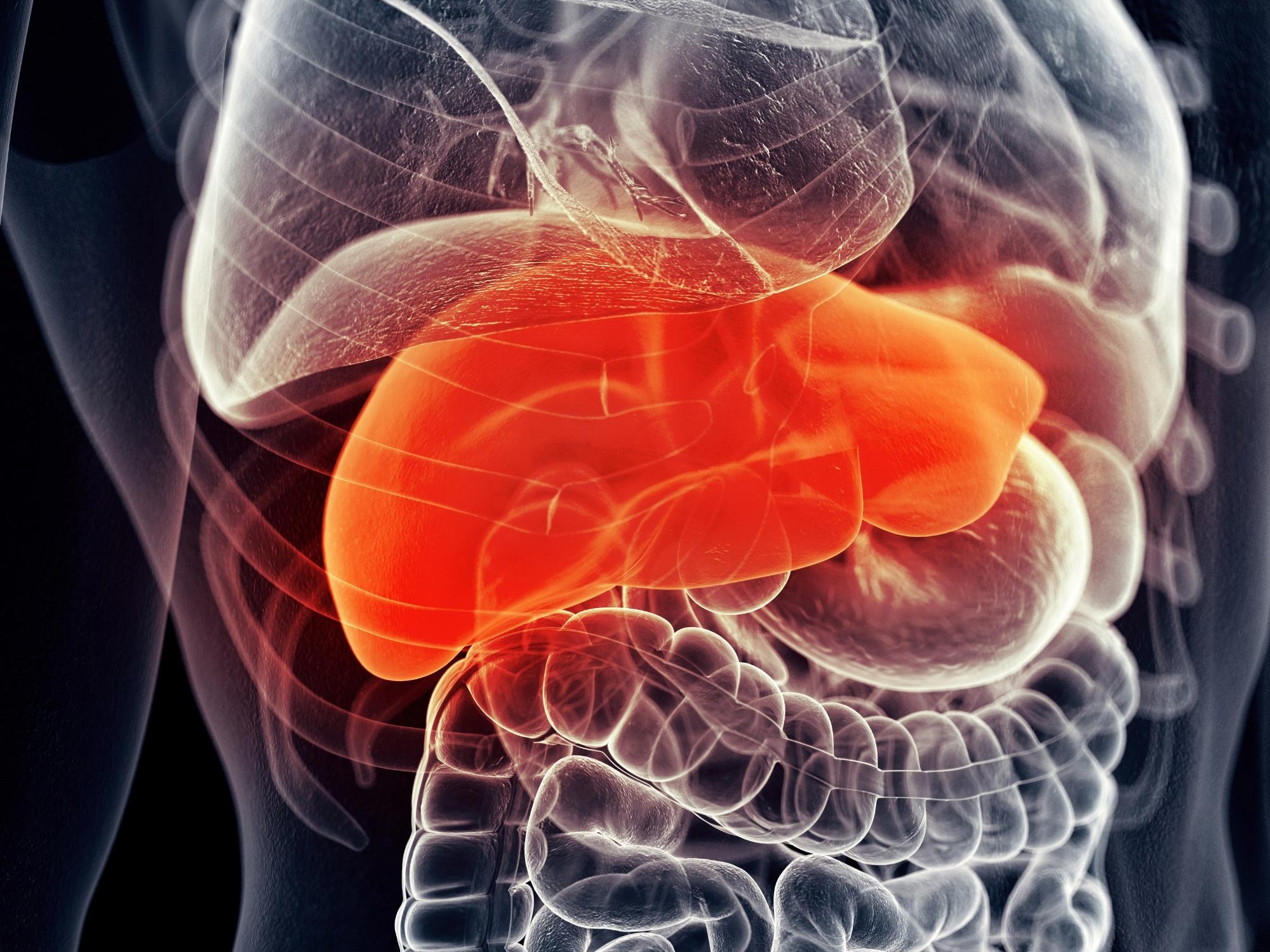Summary
In a groundbreaking development that holds promise for tackling the global obesity epidemic, researchers have identified a novel strain of probiotic bacteria, Bifidobacterium adolescentis SPM2022, exhibiting potent anti-obesity effects. Isolated from the gut microbiome of healthy Korean adults, this…
Source: Bioengineer.org

AI News Q&A (Free Content)
Q1: What is Bifidobacterium adolescentis and where is it commonly found?
A1: Bifidobacterium adolescentis is an anaerobic species of bacteria that is predominantly found in the gastrointestinal tracts of humans and other primates. It is among the most prevalent Bifidobacterium species found in human populations, especially in adults.
Q2: What are the anti-obesity effects associated with Bifidobacterium adolescentis SPM2022?
A2: Bifidobacterium adolescentis SPM2022 has been identified as having potent anti-obesity effects, as it plays a role in altering the gut microbiota to combat obesity. This novel strain, isolated from the gut microbiome of healthy Korean adults, is being studied for its potential in addressing the global obesity epidemic.
Q3: How does high salt intake affect gut health, and what role does Bifidobacterium adolescentis play in this context?
A3: High salt intake is linked to obesity and changes in the gut microbiota, including the depletion of beneficial bacteria like Akkermansia muciniphila and Bifidobacterium, specifically B. longum and B. adolescentis. High fecal salinity is associated with these changes, suggesting that B. adolescentis may be affected by high salt levels, impacting its anti-obesity potential.
Q4: What are the potential implications of altering gut microbiota with strains like Bifidobacterium adolescentis SPM2022 on human health?
A4: Altering gut microbiota with strains like Bifidobacterium adolescentis SPM2022 could offer new avenues for managing obesity and related metabolic disorders. By promoting a healthier gut microbiota balance, such strains may help reduce obesity and improve overall metabolic health.
Q5: What are some of the challenges researchers face in studying the anti-obesity effects of Bifidobacterium adolescentis?
A5: Challenges include understanding the complex interactions within the gut microbiome, determining the precise mechanisms by which Bifidobacterium adolescentis exerts its effects, and establishing effective delivery methods for probiotics in human populations. Further research is needed to clarify these aspects.
Q6: How does the depletion of Bifidobacterium adolescentis affect the gut microbiome in obese individuals?
A6: The depletion of Bifidobacterium adolescentis in obese individuals is linked to decreased diversity in the gut microbiome. This reduction in diversity can contribute to an imbalance in gut health, potentially exacerbating obesity and related metabolic conditions.
Q7: What future studies are suggested to further explore the role of Bifidobacterium adolescentis in obesity management?
A7: Future studies should focus on understanding the causal relationships between gut microbiota alterations and obesity, assessing the long-term effects of Bifidobacterium adolescentis supplementation, and exploring its interactions with other microbiota components to develop effective probiotic therapies.
References:
- Bifidobacterium adolescentis - Wikipedia
- Salt in stools is associated with obesity, gut halophilic microbiota and Akkermansia muciniphila depletion in humans - PubMed





